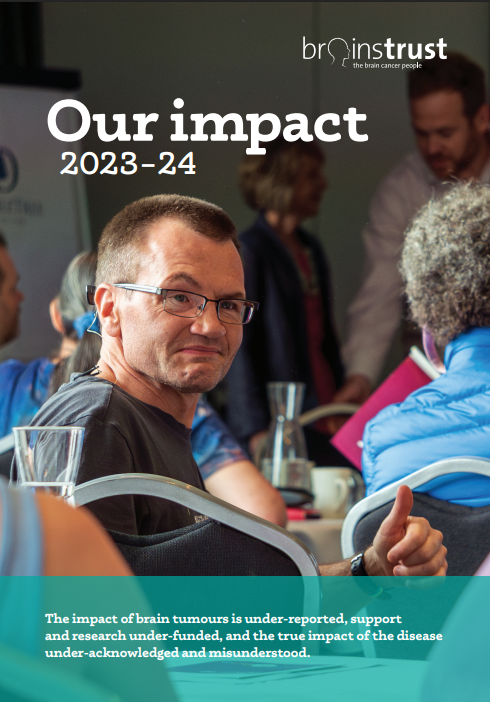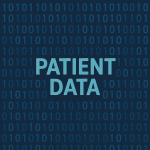A packed All Party Brain Tumour Group (APPG) meeting provided an opportunity for around 60 members of the Brain Tumour Consortium to quiz Secretary of State for Health, Andrew Lansley MP, over his plans for the NHS and to seek reassurances that the proposed new Health Bill will not set back brain tumour care.
The meeting was chaired by James Arbuthnot MP and started with short presentations from Professor Garth Cruickshank, Consultant Neurosurgeon and brainstrust advocate and brain tumour patient Daryl Gittins.
Prof. Cruickshank appealed to the Secretary of State to ensure that the NICE’s Improving Outcomes Guidance remains an integral part of the care pathway and stressed the need for earlier diagnosis, citing evidence from Birmingham which shows that 85% of brain tumours initially present, not through Primary Care, but through casualty.
Patient Experience
Daryl outlined his differing experiences in Swansea and London explaining that his initial NHS Oncologist in Swansea made crucial decisions without any input from him. Ultimately these proved to be inappropriate whereas the treatment he received in London, after seeking advice from brainstrust, turned out to be less complicated and more suitable. He questioned why patients so often have to rely on the charity sector, in his case brainstrust, to navigate the post code lottery which exists in the NHS.
NHS Vision
Mr Lansley responded by setting out his vision for the future of the NHS in relation to Brain Tumour care. He outlined the three pillars of his proposed reforms starting with ‘no decision about me, without me’ to address Daryl’s concerns and he explained how shared decision making processes, such as new patient decision making aids, were already starting to help, for example on prostate cancer.
Pillar two focuses on decisions being made by health professionals, not politicians and Mr Lansley explained how he sees new quality guidelines and stronger Cancer Networks will achieve this in a post Primary Care Trust NHS.
Pillar three, he explained, focuses on how best to deliver improved outcomes. He stressed that it is unacceptable that the UK lags behind comparable European nations when it comes to Brain Tumour outcomes and stressed that ultimately he wants survival rates for Brain Tumour Patients to be better in the UK than in Europe.
A United Front
Helen Bulbeck, brainstrust’s Director of Services added, ‘The big take out for me was that we had people who represent all aspects of the brain tumour community involved in a free flowing, animated discussion. It is clear that we all want the same things – earlier diagnosis, better outcomes and more research and for the first time I felt that there was a clear and united front on this.’








